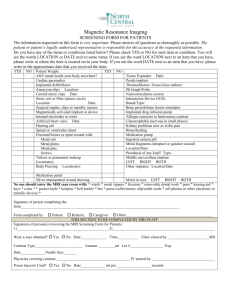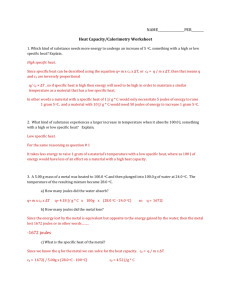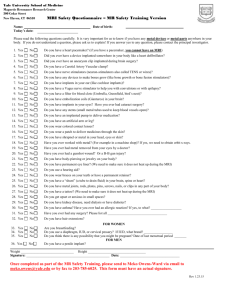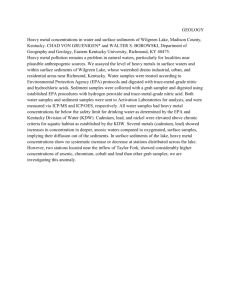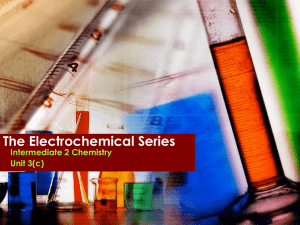As the metallome is revealed, we begin to recognize that
advertisement
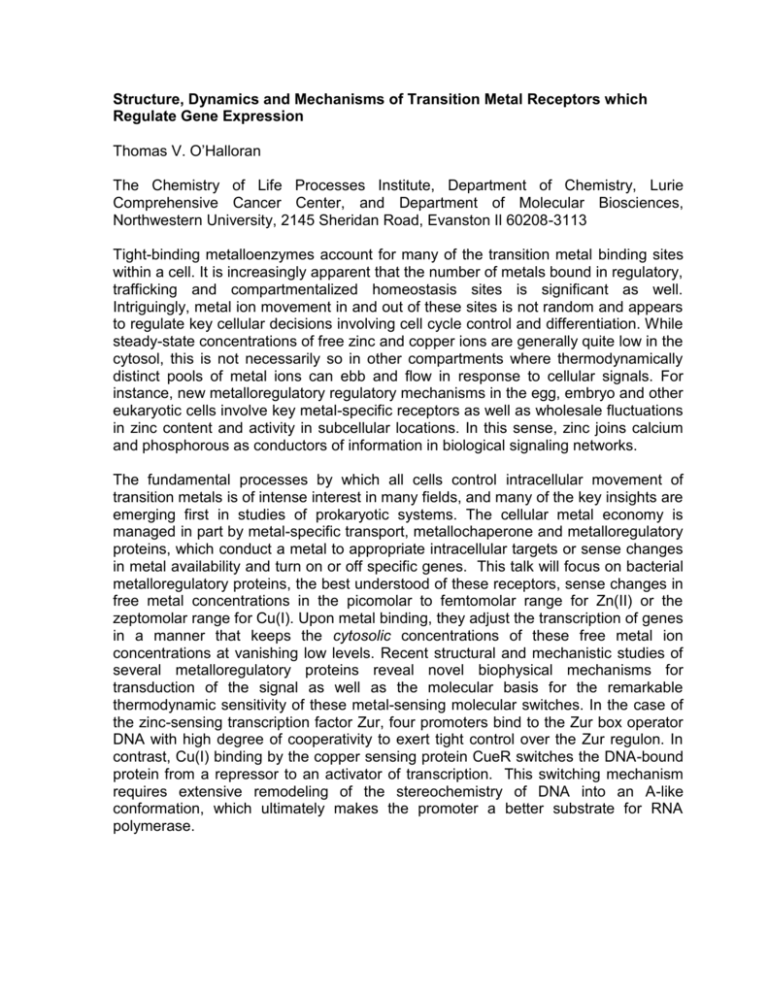
Structure, Dynamics and Mechanisms of Transition Metal Receptors which Regulate Gene Expression Thomas V. O’Halloran The Chemistry of Life Processes Institute, Department of Chemistry, Lurie Comprehensive Cancer Center, and Department of Molecular Biosciences, Northwestern University, 2145 Sheridan Road, Evanston Il 60208-3113 Tight-binding metalloenzymes account for many of the transition metal binding sites within a cell. It is increasingly apparent that the number of metals bound in regulatory, trafficking and compartmentalized homeostasis sites is significant as well. Intriguingly, metal ion movement in and out of these sites is not random and appears to regulate key cellular decisions involving cell cycle control and differentiation. While steady-state concentrations of free zinc and copper ions are generally quite low in the cytosol, this is not necessarily so in other compartments where thermodynamically distinct pools of metal ions can ebb and flow in response to cellular signals. For instance, new metalloregulatory regulatory mechanisms in the egg, embryo and other eukaryotic cells involve key metal-specific receptors as well as wholesale fluctuations in zinc content and activity in subcellular locations. In this sense, zinc joins calcium and phosphorous as conductors of information in biological signaling networks. The fundamental processes by which all cells control intracellular movement of transition metals is of intense interest in many fields, and many of the key insights are emerging first in studies of prokaryotic systems. The cellular metal economy is managed in part by metal-specific transport, metallochaperone and metalloregulatory proteins, which conduct a metal to appropriate intracellular targets or sense changes in metal availability and turn on or off specific genes. This talk will focus on bacterial metalloregulatory proteins, the best understood of these receptors, sense changes in free metal concentrations in the picomolar to femtomolar range for Zn(II) or the zeptomolar range for Cu(I). Upon metal binding, they adjust the transcription of genes in a manner that keeps the cytosolic concentrations of these free metal ion concentrations at vanishing low levels. Recent structural and mechanistic studies of several metalloregulatory proteins reveal novel biophysical mechanisms for transduction of the signal as well as the molecular basis for the remarkable thermodynamic sensitivity of these metal-sensing molecular switches. In the case of the zinc-sensing transcription factor Zur, four promoters bind to the Zur box operator DNA with high degree of cooperativity to exert tight control over the Zur regulon. In contrast, Cu(I) binding by the copper sensing protein CueR switches the DNA-bound protein from a repressor to an activator of transcription. This switching mechanism requires extensive remodeling of the stereochemistry of DNA into an A-like conformation, which ultimately makes the promoter a better substrate for RNA polymerase.




